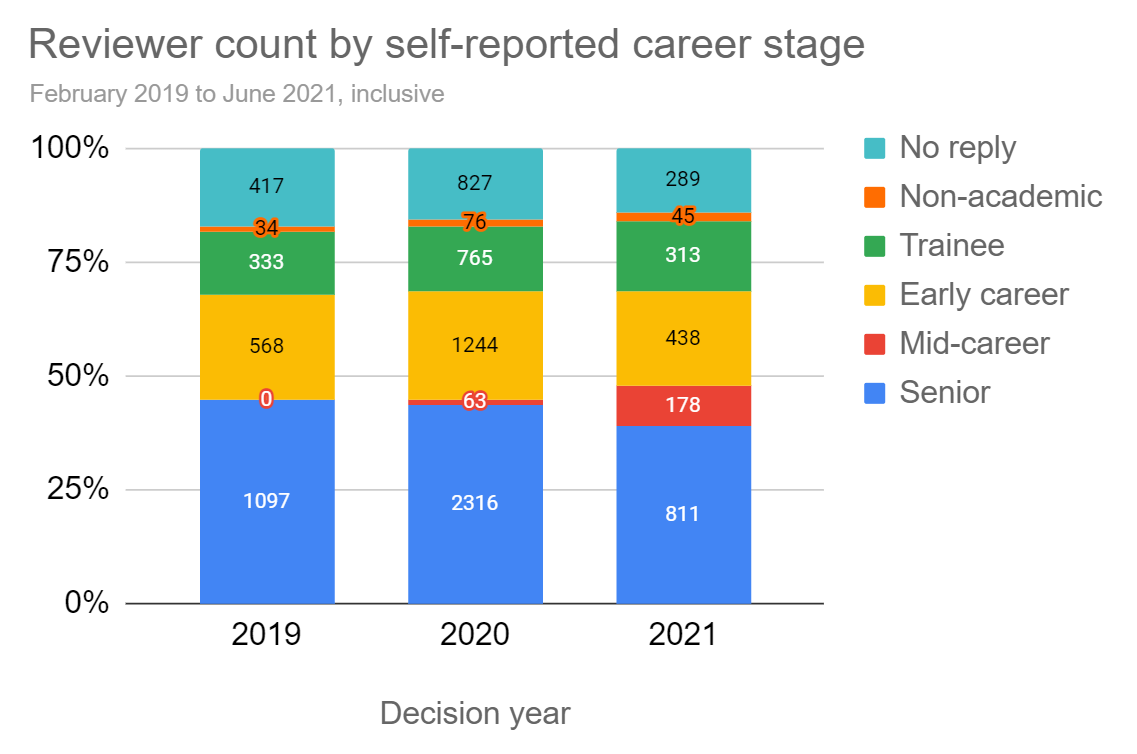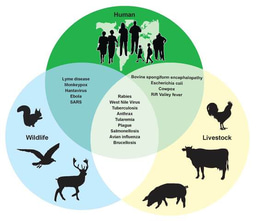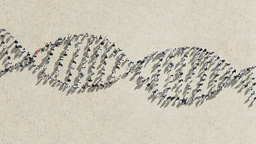Reviewer Diversity at Communications Biology
Published in Ecology & Evolution

Last year, during Peer Review Week, the editors of Communications Biology analysed our reviewer diversity metrics to better understand how our reviewer base reflected the spectrum of identities present in biology. Today, we look at the data collected since then to see how our efforts to promote and support a diverse academic community have materialised. Once more, we have also reached out to members of our community to talk about this year’s Peer Review Week theme: Identity in peer review.
In September 2020, the world was in the depths of an unprecedented global pandemic, and Communications Biology had just finished what was its busiest period to date. With the advent of 2020’s Peer Review Week (theme: Trust in peer review), the editors decided to analyse our efforts at reflecting diversity in our reviewer base. For those of you who wish to read that analysis in full, it is linked here. In light of that analysis, we challenged ourselves to do better at reflecting the diversity of the academic community, both in our reviewer base and elsewhere in journal activities.
In keeping with last year, we are going to examine three main indicators: gender identity, geographical location and career stage. All data are self-declared and non-respondents are excluded, up to and including June 2021, and includes all manuscripts with a final decision made. If you look closely compared to last year, you will notice that this results in increased reviewer counts, which combined with changes in our analytics reporting gives us a more complete picture.

Considering the gender identities of our reviewers, we set a target last year to aim towards 40% non-male referees. Although we didn’t quite hit that target, we did increase the non-male reporting portion of our reviewer pool by a few percentage points to 36.3%, which is progress that we are really proud of and will continue to monitor.

Relative to our previous reviewer base, we are very glad to report further expansion of the global community in reviewing for Communications Biology. Whilst scientists from the USA remain our largest portion of reviewers (37%, down from 38.3% last year), this year adds referees in 17 countries across Africa, Asia and South America. Interestingly, China falls from our top three reviewer countries, with Germany now taking the third spot. This data represents the entire reviewer base from the inception of Communications Biology through June 2021.

And once more, we finish our analysis by examining career stage diversity in our reviewer pool. We have successfully recruited more mid-career reviewers than in previous years, whilst maintaining a high career stage diversity. These data, as ever, include some co-reviewing activities where trainees (graduate students of varied stages) are involved, but also other non-reported co-reviews, so trainee involvement is likely higher than reported here. Generally, Communications Biology maintains its diverse career stage reviewer base year on year.
Once again, we will revisit these data in another year's time, and strive to make even more progress in representing the diverse academic community in our reviewer base.
Follow the Topic
-
Communications Biology

An open access journal from Nature Portfolio publishing high-quality research, reviews and commentary in all areas of the biological sciences, representing significant advances and bringing new biological insight to a specialized area of research.
Related Collections
With Collections, you can get published faster and increase your visibility.
Stem cell-derived therapies
Publishing Model: Hybrid
Deadline: Mar 26, 2026
Forces in Cell Biology
Publishing Model: Open Access
Deadline: Apr 30, 2026





Please sign in or register for FREE
If you are a registered user on Research Communities by Springer Nature, please sign in